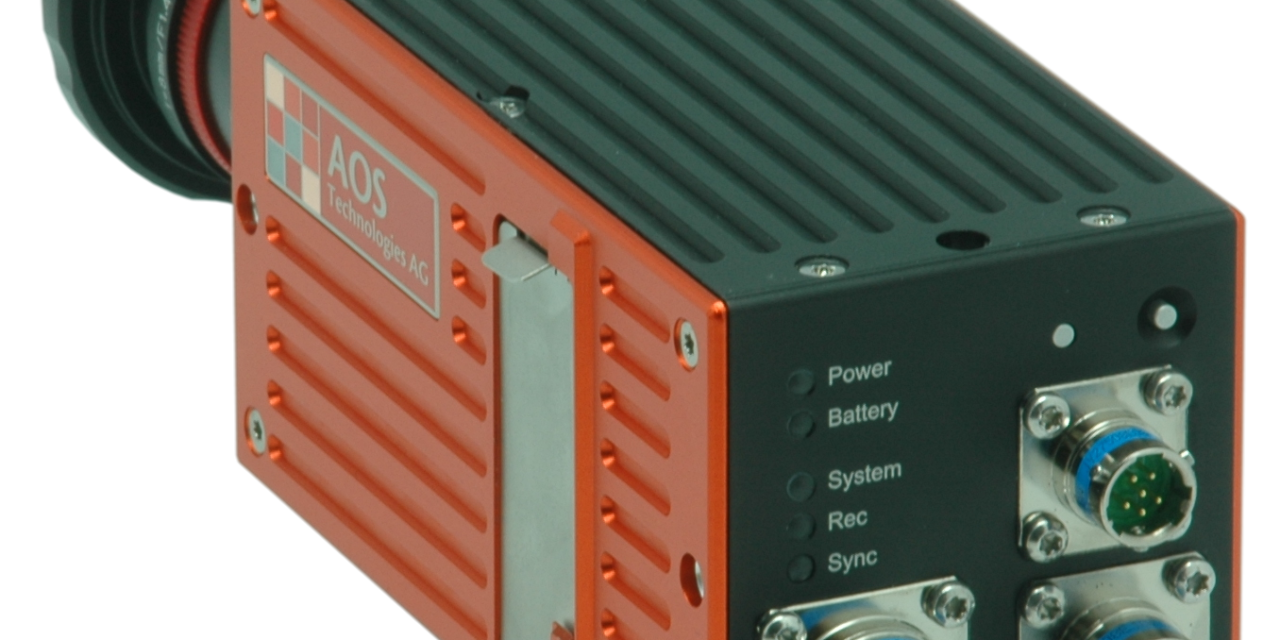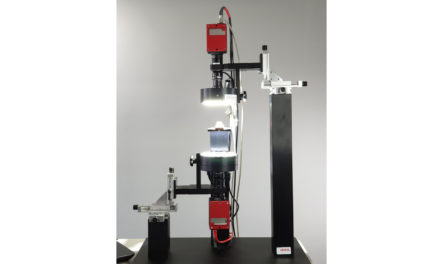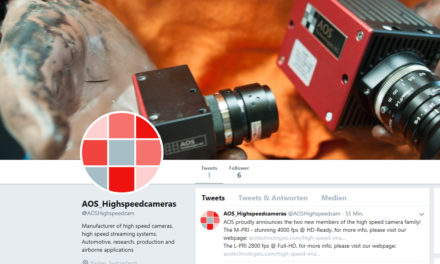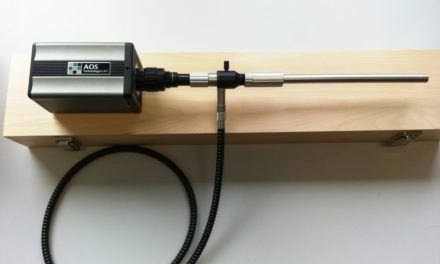High-speed cameras are essential for recording store separation and other events in flight tests, and must meet certain requirements to be suitable to the task. They need to be able to integrate into unmanned aerial vehicles (UAV) to maximize the data collected, which gives design and test engineers important feedback for validating and improving systems. There is limited space to fit a camera on an aircraft, especially UAVs, and the ideal shape and design of the camera varies depending on the application. These cameras must also be able to operate in a network including other components such as airborne recorders or mission controllers.
A camera designed for multiple applications
In complex systems like fighter aircraft, the camera used in testing must be adapted to the aircraft to account for its unique specifications and features. Everything from the electrical and control interface to the mechanical outlines of the camera should fit the test being performed. Some tests require cameras with specific features, such as the ability to deliver live video to the ground for analysis, while at the same time recording and storing high-speed events without the need for an extra surveillance camera. In certain aircraft, the camera needs to have connectors that go straight back in order to be mounted properly. In others, connectors that come out sideways and give a 90° view are most ideal. Aircraft-specific connectors further improve ease of integration.
Due to space limitations, nearly every camera angle taken on an aircraft requires that the camera have a specific design and mounting position. For example, in a camera designed to face sideways, a recessed lens mount is preferable over one that sticks out because it reduces the amount of space used. In addition to space considerations, all designs must meet environmental and EMI specifications to be aircraft-ready.
In order to meet all of these requirements, camera system designers have built a semi-customizable platform where each camera is guaranteed to function and operate ideally for the given task. In such a platform, cameras perform reliably under given environmental conditions and fit seamlessly in specific compartments. Building such a camera requires a highly flexible electronic design for different functions and flexible mechanical design so that the camera fits the space requirements. Interface parts in this camera model can also adapt to given connectors and power requirements coming from the aircraft. With all of these customizable features, these cameras are available at a cost-effective price point.
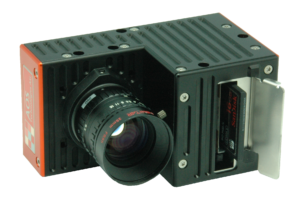
Airborne high-speed camera with recessed lens mount and CFast memory card slot
Smart features enable standalone operation
With such a camera design, it is possible to collect data from different scenes under different conditions with the camera’s smart features. These features allow for maximum standalone operation during flight tests, providing the desired image data while reducing the need for staff to intervene during a test. This automation is particularly useful when the camera is being used in UAV tests. Flight engineers pre-program these smart features before the test. Once the camera is powered up, it collects data based on the set parameters without requiring network control or data transfer to a control unit.
Improved networking and communication standard
For cameras intended to work in a network environment, it is important to standardize the camera’s communication features. The IRIG Committee approved the new ANCS 466-15 standard for downloading image data from a network to a central control unit to best suit airborne applications. When data is sent to a control unit, the updated standard allows for enhanced video data collection. During UAV tests, when data is downloading to ground stations for live viewing, it is essential that the camera has with the bandwidth to manage a large amount of data. If a camera lacks the necessary bandwidth, the large video files can jam the telemetry system and block vital parameters from being transmitted. The integration of smart algorithms into the camera makes the transfer of images to the ground more efficient and uninterrupted.
Data format correlation and analysis simplified
When analyzing data after a test is performed, flight engineers must be able to correlate video collected by a camera with other flight data. The synchronization of data to IRIG-B or GPS signals is now standard, but it was not always so. Until recently, users had to deal with many different data formats – sometimes even the manufacturer’s proprietary format – making data exchange complicated. The IRIG-106 Chapter 10 standard gives a common data format to be used in gathering and analysis. This standard simplifies the use of analysis tools and the correlation of measurements from different sensors and cameras, offering an economical way to compare collected data.
Semi-customized cameras are state-of-the-art technology for in-flight image data collection for both manned and UAV flight tests. They provide a flexible solution that can be adapted for different applications and can be acquired at a reasonable cost.

Typical airborne camera from AOS Technologies with custom specific MIL connectors
Stephan Trost
Managing Director
AOS Technologies AG
Taefernstrasse 20
5453 Baden – Switzerland
+41 56 4833488

